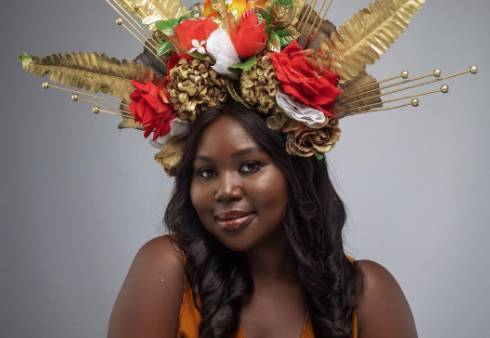Shift in fashion in digital world

In recent years, modelling brands such as Versatile Models, City Models Africa, and Strut It Afrika were all the rage and the go-to institutions for young individuals looking to have a career in modelling or advertising. The procedure was to register your profile at a fee, take a few pictures for your portfolio and wait for the agency to fit you in an appropriate campaign that fits your description.
Unfortunately, not all registered models would be fortunate to get a call from the agencies, a thing that often cause uproar among potential models (clients) who felt the investment made never gave any returns. Usually, an individual would be required to pay between Sh5,000 and Sh10, 000. For instance, Strut It Afrika, which was led by Rnaze Mukibi, was under fire in 2014, for allegedly conning models. It was alleged by a source that the agency would conduct auditions and the selected models were made to pay Sh10,000 for a professional photo shoot, but the agency would never get them any jobs.
Mary Ndiga, who claims to have once registered with Strut It Afrika, says all she did was to wait but in vain. “I remember joining Strut it Afrika and paying all that money, but they never called me for a job or even a promotion gig. Modelling was my passion then and the only way to be seen and known was to join an agency; social media was not as evolved then, so it was only through an agency that someone’s dream of becoming amodel would be realised,” she tells Spice.
Hit the switch
Some of the aforementioned agencies are no longer in business, with some opting to change strategy venturing into influencer management services.
The famous Versatile Models is still at it, producing billboard advertisements and commercials for corporate entities. Some of their work also entails working with social media influencers from time to time.
Years have since passed by and technology has taken a different turn altogether, with social media taking a centre stage in the advertising world, as part of the so-called digital advertising. Today, a majority of corporate companies prefer using influencers as opposed to doing advertisements with models sourced from agencies.
Players in the fashion industry are now seen to prefer working with influencers who record and post dancing videos on Instagram while wearing the clothes being advertised for sale. Some of the said models have become household names in the industry with many clothing companies using them to showcase their brands. Most of them work with micro-influencers (those with between 10,000 and 50,000 social media followers), while those capable and willing to pay top dollar for their brands go for the mid-tier categories of influencers—those with between 50,000 and 500,000 followers.
Nyambura Njenga and Royal Vee are among the most frequently used models on Instagram. Clothing brand Hii Style is famous for using this strategy in order to up its sales via social media.
Easy, fast reach
Roselyn Kandy of Multidream Fashion says for her small business, the strategy has worked really well. “Using social media models is affordable, and most of the time, you get more sales via the social platforms than walk-in clients. When models of different sizes don the clothes, it becomes more admirable as opposed to the use of other methods,” she says.
Cherry Kioko, a business owner, says her choice to use influencers is derived from the fact that customers can relate with them easily.
“It’s easier for somebody to purchase an outfit from a certain shop just because they have seen how it could look on them through another person,” she intimates.
Before the Covid-19 pandemic, a majority of fashion designers preferred to showcase their looks and brands on fashion shows. However, starting March 2020, fashion shows have become rare, almost to none. This has also contributed greatly to the growth of the trend of using social media models.
In a fashion forum held on Twitter recently, a couple of designers vowed to never engage in fashion shows in future. Some of them lamented that most of the gigs they participated in to showcase their hard work never paid off. One of the speakers noted that in as much as it is necessary to hold such frequent events for the industry to grow in terms of exposure, social media seems to be a better plan when it comes to profitability.















